3D printing is an emerging technology in the manufacturing industry, known as a “manufacturing technology with industrial revolution significance.” In recent years, with advancements in industrial technology, 3D printing technology has rapidly developed and gained widespread media attention, with various types of 3D printing technologies being reported. Let’s take a look together!
NPJ (Nano Particle Jetting)
NPJ technology is the latest metal 3D printing technology developed by the Israeli company Xjet. Compared to ordinary laser 3D printing, it uses nano liquid metal and deposits it in a inkjet manner, achieving a printing speed five times faster than ordinary laser printing, and has excellent precision and surface roughness.
Below is the working process of Xjet equipment:

Metal particle refinement
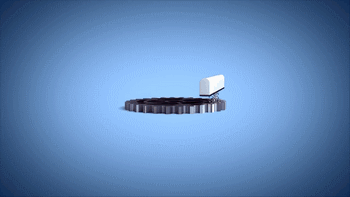
Metal particles distributed in droplets

Droplet jetting forming process

Liquid phase discharge process
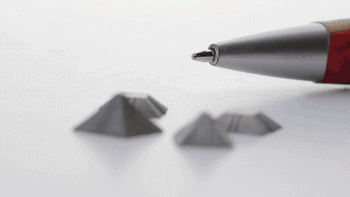
Sintered part
2
SLM (Selective Laser Melting)
SLM, or Selective Laser Melting, is currently the most common technology in metal 3D printing, which quickly melts preset metal powders using finely focused laser spots to directly obtain parts of any shape with complete metallurgical bonding, achieving a density of over 99%.
The laser scanning system is one of the key technologies of SLM. Below is a working diagram of the scanning system from SLM Solutions:
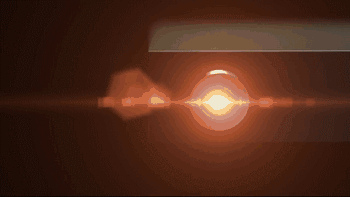
Laser emission
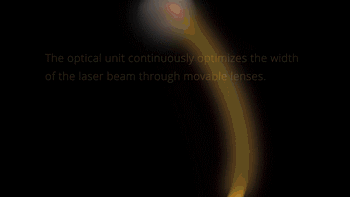
Laser transmission

Scanning mirror
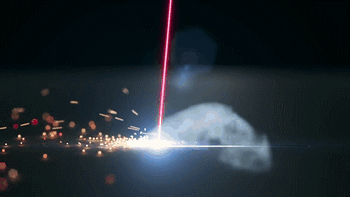
Laser scanning melting

Metal powder melting process
In the metal 3D printing process, due to the complexity of the parts, support materials are usually required, which need to be removed after the part is completed, and surface treatment is necessary.

Removing the part
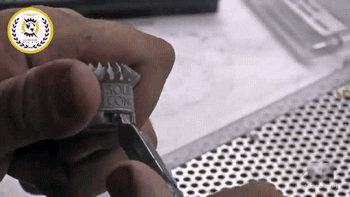
Removing supports
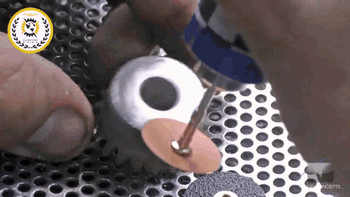
Polishing post-processing
3
SLS (Selective Laser Sintering)
SLS, or Selective Laser Sintering, is similar to SLM technology, with the main difference being the laser power. It is usually used for 3D printing of polymer materials.
Below is the process of SLS preparing plastic parts:
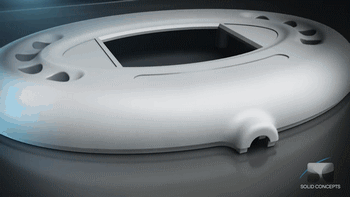
Model slicing

Laser sintering process
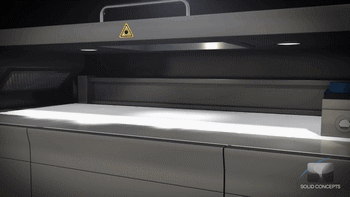
Removing the part

Post-processing
SLS can also be used to manufacture metal or ceramic parts, but the resulting parts have low density and require post-densification treatment before use.
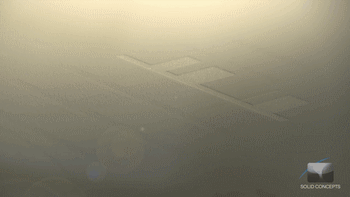
SLS manufacturing metal parts
4
LMD (Laser Metal Deposition)
LMD, or Laser Metal Deposition, is a technology with various names, as different research institutions have independently studied and named it. Common names include: LENS, DMD, DLF, LRF, etc. The biggest difference from SLM is that the powder is gathered to the work surface through a nozzle, converging with a laser at a point, and the powder melts and cools to form a deposited entity.
Below is the working process of LENS technology:
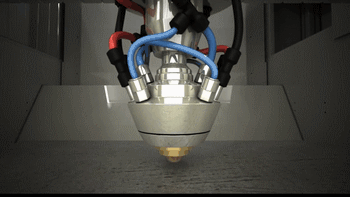
Coaxial powder feeding
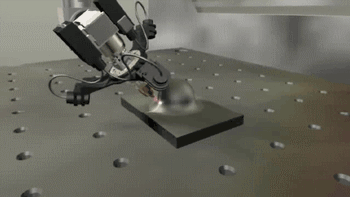
Building process
5
EBM (Electron Beam Melting)
EBM, or Electron Beam Melting, has a process very similar to SLM, with the difference being that the energy source used is an electron beam. The electron beam output energy of EBM is usually an order of magnitude larger than the laser output power of SLM, and the scanning speed is also much higher than that of SLM. Therefore, during the building process, the entire build platform needs to be preheated to prevent excessive temperature during the forming process from causing large residual stresses.
Below is the working process of EBM:
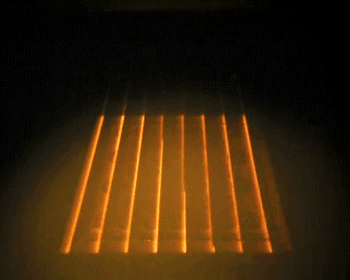
Overall preheating
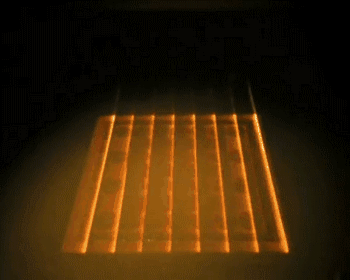
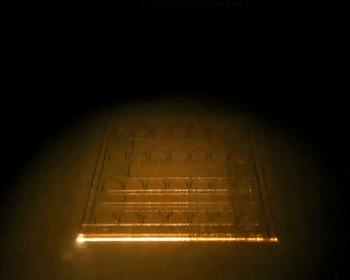
Forming process

Changes in powder during melting
SLA (StereoLithography)
SLA, or Stereolithography, refers to the method of using ultraviolet light to irradiate liquid photosensitive resin to initiate a polymerization reaction, curing layer by layer to generate a three-dimensional entity. The parts produced by SLA have high dimensional accuracy and is one of the earliest commercialized 3D printing technologies.
Below is the SLA process engineering:
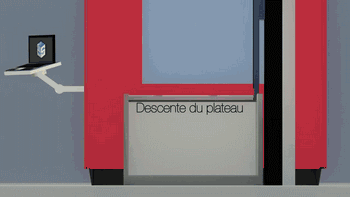
Ultraviolet laser source

Photopolymerization reaction

Layered scanning forming
CLIP (Continuous Liquid Interface Production technology)
CLIP, or Continuous Liquid Interface Production technology, is a revolutionary 3D printing technology developed by Carbon 3D based on SLA technology, increasing the speed of 3D printing by 100 times!
CLIP projects from the bottom, curing the photosensitive resin, where the uncured parts are stabilized in a liquid region by controlling oxygen to form a dead zone, suppressing the photopolymerization reaction, ensuring the continuity of curing.
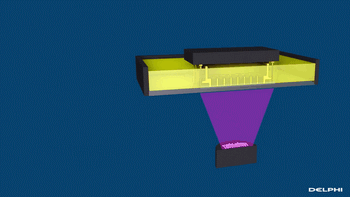
Photopolymerization reaction

Oxygen suppression of photopolymerization process

Demonstration of photopolymerization dead zone
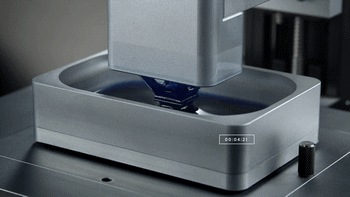
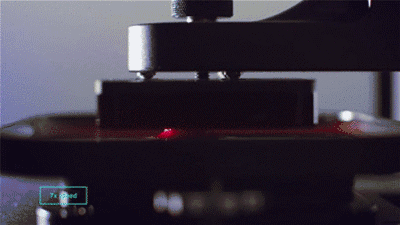
CLIP forming process
3DP (Three-Dimensional Printing)
3DP, or three-dimensional printing rapid forming technology, is similar to traditional two-dimensional inkjet printing, where a binder (colored binder can print colored parts) is sprayed from the nozzle to bond the powder on the platform to form parts, typically using gypsum powder as the forming material. The 3DP technology currently has two main applications: full-color 3D printing and sand mold casting.
The following is the process of sand mold casting using 3DP technology by Exone:
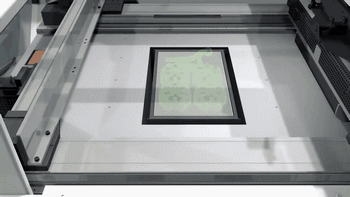
Binder spraying

Heating and curing

Printing forming
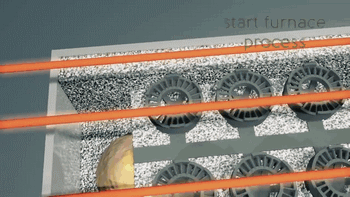
Casting forming
PolyJet
PolyJet is a polymer jetting technology, whose forming principle is similar to 3DP technology, but instead of spraying a binder, photosensitive resin is sprayed, which is cured by ultraviolet light after spraying.
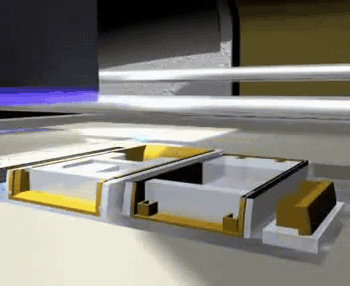
PolyJet forming principle
PolyJet uses array nozzles, which can even spray different materials simultaneously, achieving multi-material and multi-color printing.
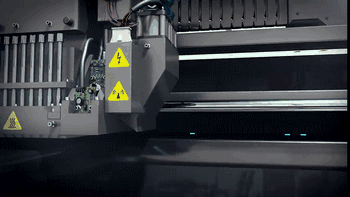
Array nozzle working process

PolyJet printing process
FDM (Fused Deposition Modeling)
FDM, or Fused Deposition Modeling, uses high temperatures to melt materials, extruding them through a print head to form filaments that accumulate on the build platform. FDM is the simplest and most common 3D printing technology, typically used in desktop 3D printing devices.
Below is the working principle of FDM technology:
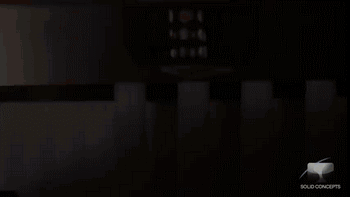
Model processing
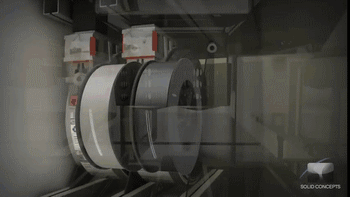
Material extrusion forming
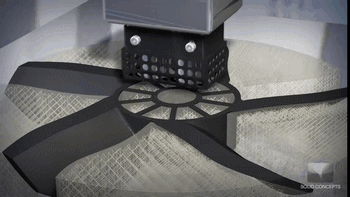
Layered printing process
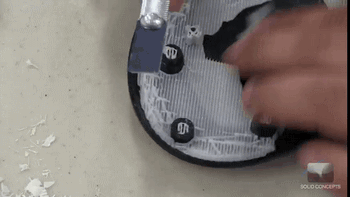
Removing supports

Surface treatment
The Jinan CNC Mold Technology Research Institute New Media Center produced this content.
End
Jinan CNC Mold Technology Research Institute
The Jinan CNC Mold Technology Research Institute has been mainly engaged in CNC programming, multi-axis programming, five-axis programming, CNC machine operation, CAD/CAM advanced programming, UG programming, CNC maintenance, mold design, reverse modeling,3D printing, and intelligent manufacturing robotics, providing pre-job training. During the training, teachers provide small class instruction, one-on-one tutoring, combining theory and practice until mastery, and free job recommendations after completion. The Jinan CNC Mold Technology Research Institute is located at 7506 East Second Ring Road, Lixia District, Jinan City (Shandong Province Public Training Base).
Consultation hotline: 0531-85708996
400-0919317
 Here | Read Electric Institute | Read Life
Here | Read Electric Institute | Read Life